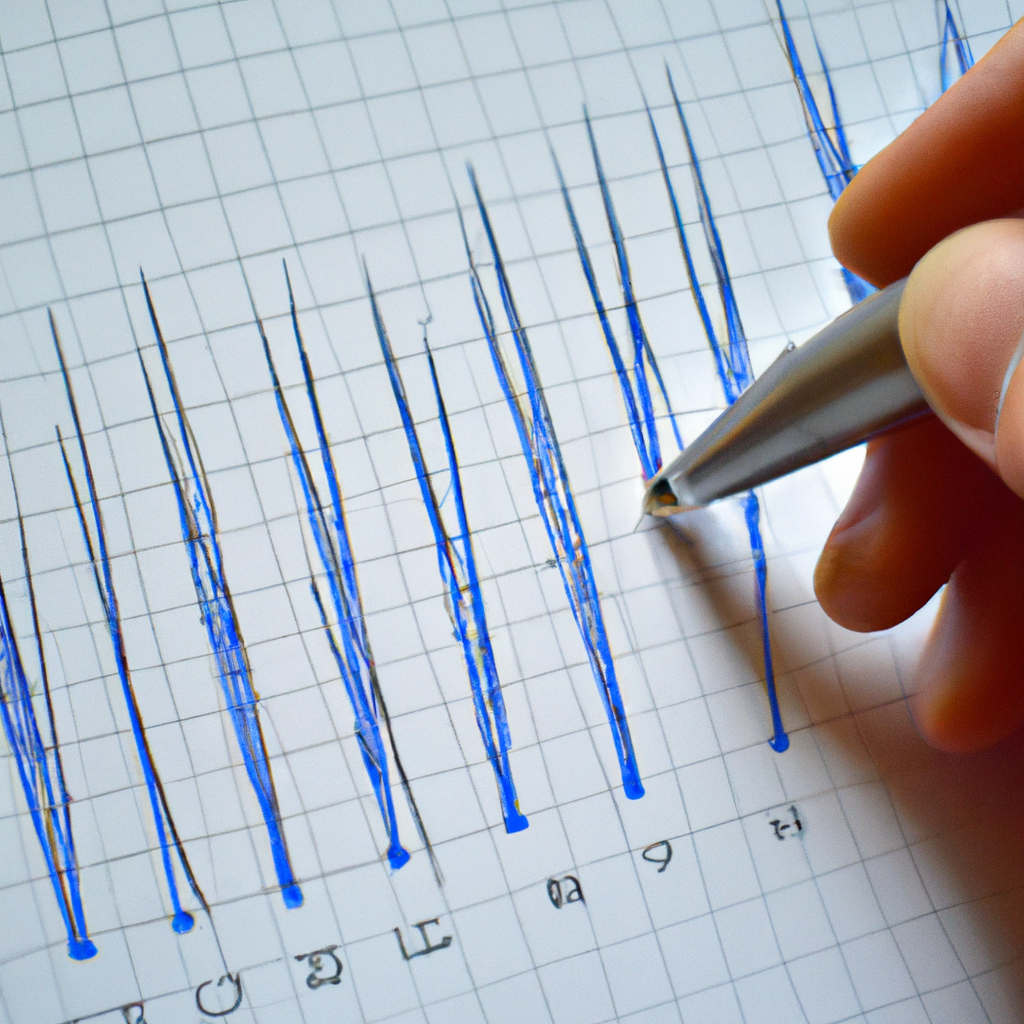Identifying Common Chart Patterns: A Guide for Traders
Introduction
When it comes to technical analysis in trading, chart patterns play a crucial role in identifying potential market trends and making informed trading decisions. These patterns, formed by price movements over time, provide traders with valuable insights into the psychology of market participants. By recognizing and understanding common chart patterns, traders can gain a competitive edge in the market. In this article, we will explore some of the most prevalent chart patterns and discuss how to identify them.
1. Head and Shoulders
The head and shoulders pattern is one of the most well-known and reliable chart patterns. It typically indicates a reversal in an existing trend. This pattern consists of three peaks, with the middle peak being the highest (the head) and the other two peaks (the shoulders) being lower and roughly equal in height. The neckline, formed by connecting the lows between the peaks, acts as a support or resistance level. Traders often look for a breakdown below the neckline as a confirmation of a bearish trend reversal.
2. Double Top/Bottom
The double top or double bottom pattern is another reversal pattern that occurs after an extended uptrend or downtrend, respectively. In a double top pattern, the price reaches a high, retraces, and then makes a second failed attempt to reach the previous high. This failure signals a potential trend reversal. Conversely, a double bottom pattern occurs when the price reaches a low, bounces back, and then fails to surpass the previous low. Traders often wait for a breakout below the neckline (in a double top) or above the neckline (in a double bottom) to confirm the reversal.
3. Triangles
Triangles are continuation chart patterns that indicate a pause in the ongoing trend before a potential resumption. There are three types of triangles: ascending, descending, and symmetrical. Ascending triangles are formed by a horizontal resistance level and an upward sloping trendline, suggesting a bullish continuation. Descending triangles, on the other hand, have a horizontal support level and a downward sloping trendline, indicating a bearish continuation. Symmetrical triangles have converging trendlines and suggest a period of consolidation before a potential breakout in either direction.
4. Flags and Pennants
Flags and pennants are short-term continuation patterns that occur after a strong and rapid price movement. These patterns resemble a rectangle (flag) or a small symmetrical triangle (pennant) and represent a temporary pause before the price continues in the direction of the previous trend. Flags are characterized by parallel trendlines, while pennants have converging trendlines. Traders often enter trades when the price breaks out of the flag or pennant, in the direction of the prior trend.
5. Cup and Handle
The cup and handle pattern is a bullish continuation pattern that resembles a cup with a handle. It is formed when the price experiences a rounded bottom (the cup) followed by a small retracement (the handle). This pattern suggests a temporary consolidation before the price continues its upward movement. Traders often look for a breakout above the handle as a confirmation of a bullish trend continuation.
Conclusion
Recognizing common chart patterns is an essential skill for traders as it enables them to anticipate potential market movements and make informed trading decisions. By understanding the characteristics and signals of various chart patterns, traders can effectively analyze price action and increase their chances of success in the market. However, it is important to remember that chart patterns should not be considered in isolation and should always be used in conjunction with other technical indicators and fundamental analysis for comprehensive market analysis.

